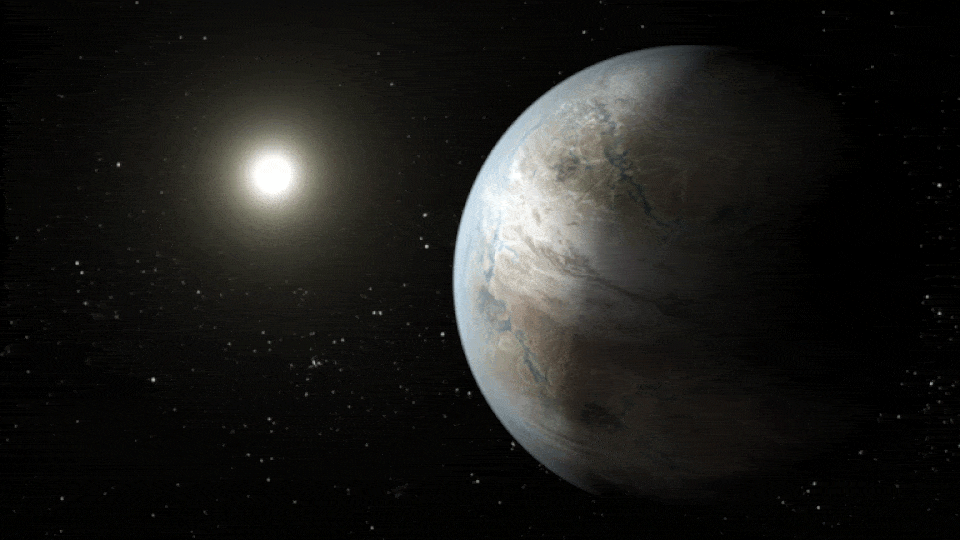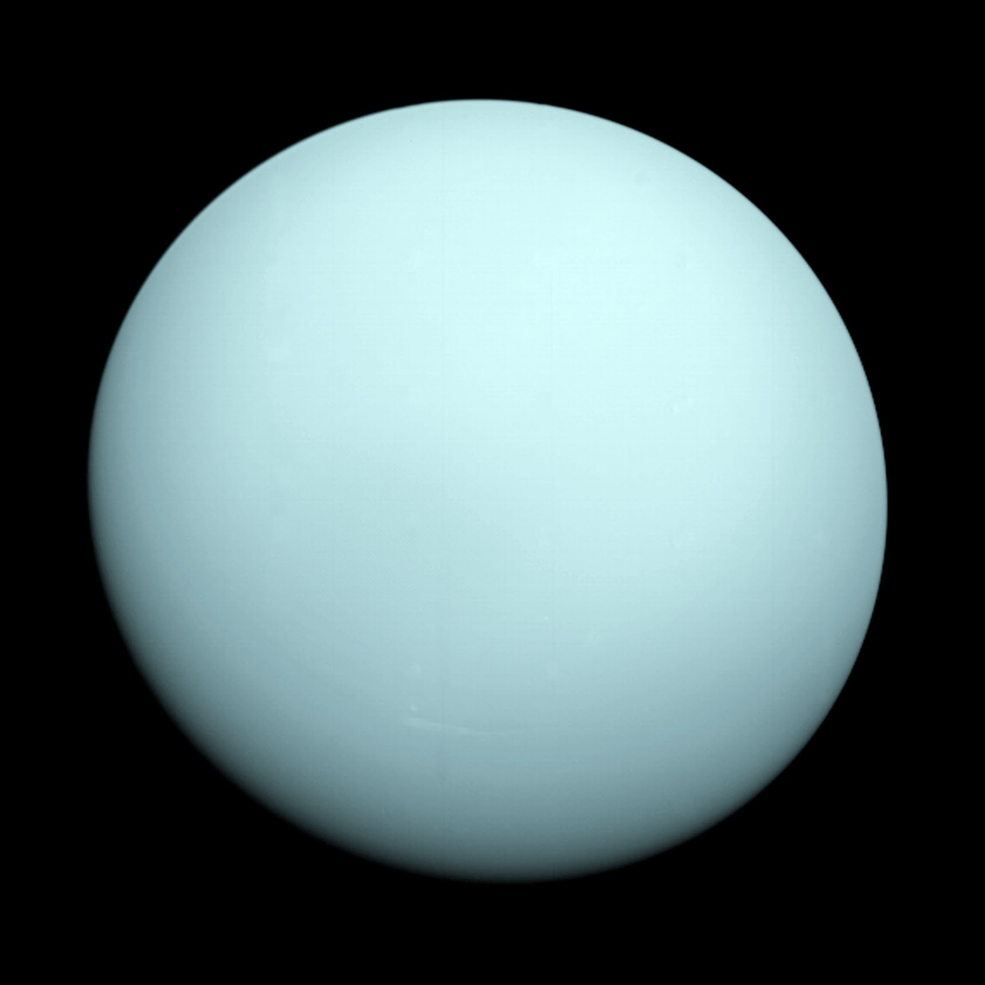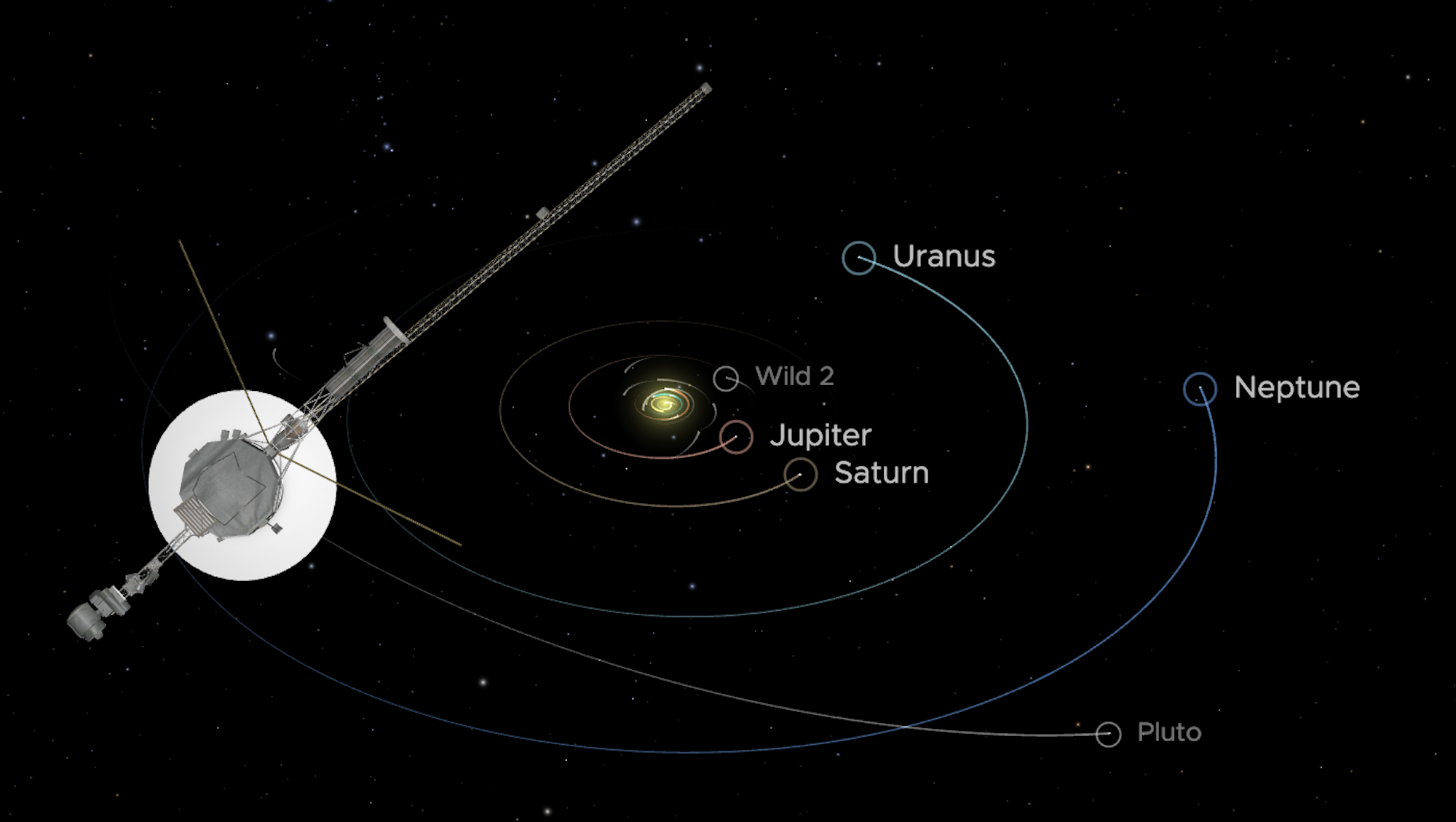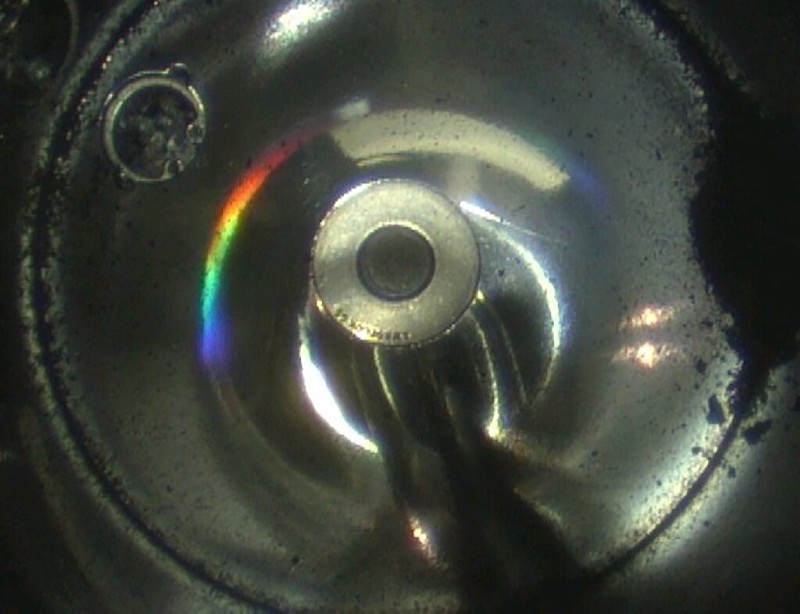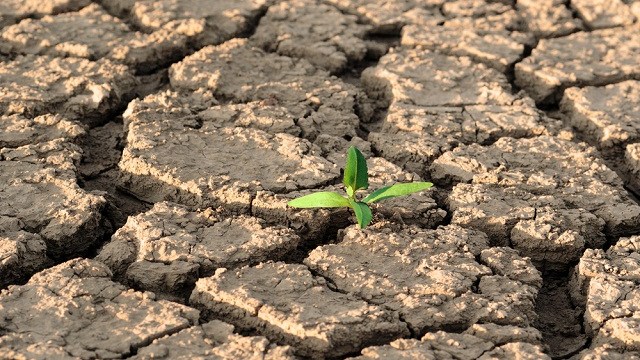Hasta La Vista, Voyagers

Article written by guest writer Kecia Lynn
What’s the Latest Development?
Today marks the 35th anniversary of the launch of Voyager 1, a little over two weeks after the 35th anniversary of its sister probe Voyager 2. The two unmanned spacecraft, having spent the last five years exploring the outer layer of the heliosphere — “the giant bubble of charged particles the sun blows around itself” — are now very close to leaving the solar system and entering the vastness of interstellar space. NASA scientists report that both Voyagers are in “great shape” and have enough electricity to last until 2020, after which both probes will slowly be powered down.
What’s the Big Idea?
Between now and then, chief scientist Ed Stone (who’s been on the Voyager project since the beginning) says that the probes will be able to send back data about the magnetic fields surrounding the heliosphere as well as the cosmic rays that aren’t able to penetrate the solar system. Retrieving this data was a specific goal of the project, and it was included in the spacecraft design. On the long way there, though, the Voyagers provided amazingly detailed information about Jupiter and Saturn as well as Uranus and Neptune. Once they have completed their mission and are powered down, Stone says, “They will orbit the center of our galaxy essentially forever.”
Photo Credit: Shutterstock.com
